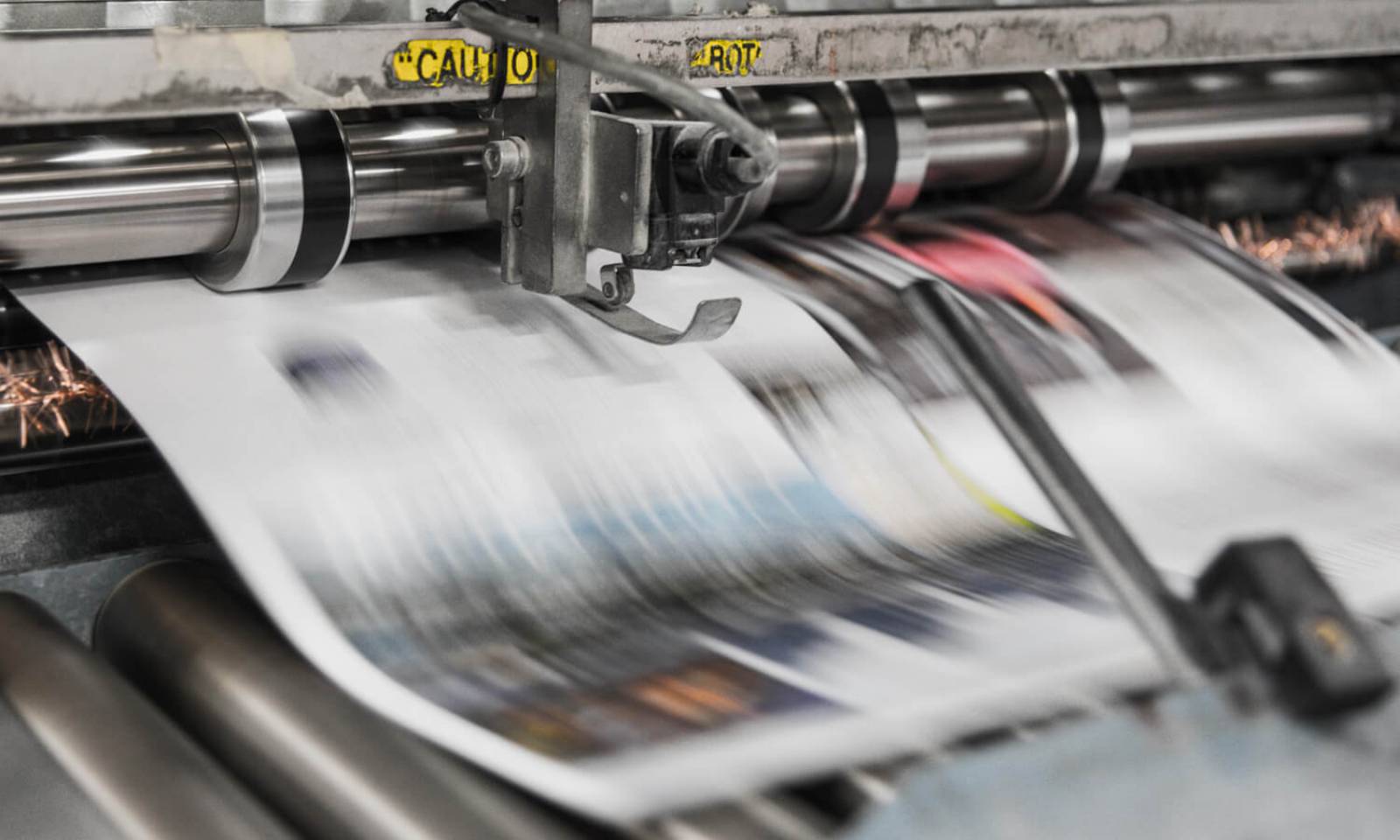Digital Printing Hurdles
페이지 정보

본문
One of the main challenges associated with digital printing quality control is the difficulty of the printing process. Digital printing involves a range of variables, including printing inks, paper quality, and press settings, which can all impact the final print quality. As a result, it can be difficult for print shops to identify and address issues within the printing process, which can lead to costly reprints and time lost.
Another challenge facing digital printing quality control is the need for high-speed, mass-volume production. Many businesses rely on digital printing for their mass marketing campaigns, and as a result, print shops must balance the need for premium quality prints with the need for efficiency. This can be particularly challenging, as print quality can suffer when presses are pushed to their limits to meet tight production deadlines.
In addition to the technical challenges associated with digital printing quality control, there are also a range of soft skills that are required to succeed in this field. Effective quality control requires strong interpersonal skills, as well as the ability to work closely with customers to understand their unique needs and expectations. Print shops must also be able to provide frequent updates and feedback to customers, which requires a high level of transparency and accountability.
So, how can print shops navigate the challenges of digital printing quality control and maintain high standards of print quality? The answer lies in technology and people. Advances in print management systems and hardware have made it possible to monitor and control the printing process in real-time, allowing print shops to detect and address issues before they become major problems.

One key tool for digital printing quality control is color management software. This software allows print shops to accurately match colours and ensure that prints are produced uniformly across different presses and paper types. Additionally, software solutions are available that can analyze and analyze print quality in real-time, alerting print shops to potential issues before they become major problems.
Another important aspect of digital printing quality control is hiring a skilled and experienced team. This includes not only press operators and technicians but also quality control specialists who can monitor and analyze print quality on a frequent basis. A highly trained team can help to detect and address issues within the printing process, and can also provide useful insights and feedback to clients.
Finally, it's worth noting that digital printing quality control is a ongoing process. Print shops must be committed to continuing training and improvement, staying up-to-date with the latest equipment and best practices in the field. This includes frequent equipment maintenance, system updates, and training programs for staff.
In conclusion, navigating the challenges of digital printing quality control requires a combination of technical expertise, good communication skills, and a dedication to ongoing training and development. By leveraging equipment and hiring a skilled and experienced team, print shops can maintain high standards of print quality and meet the unique needs and expectations of their customers.
- 이전글A Deadly Mistake Uncovered on Signup Bonus Poker And How to Avoid It 25.06.09
- 다음글Five Surefire Ways Poker Strategies Will Drive Your Business Into The Ground 25.06.09
댓글목록
등록된 댓글이 없습니다.